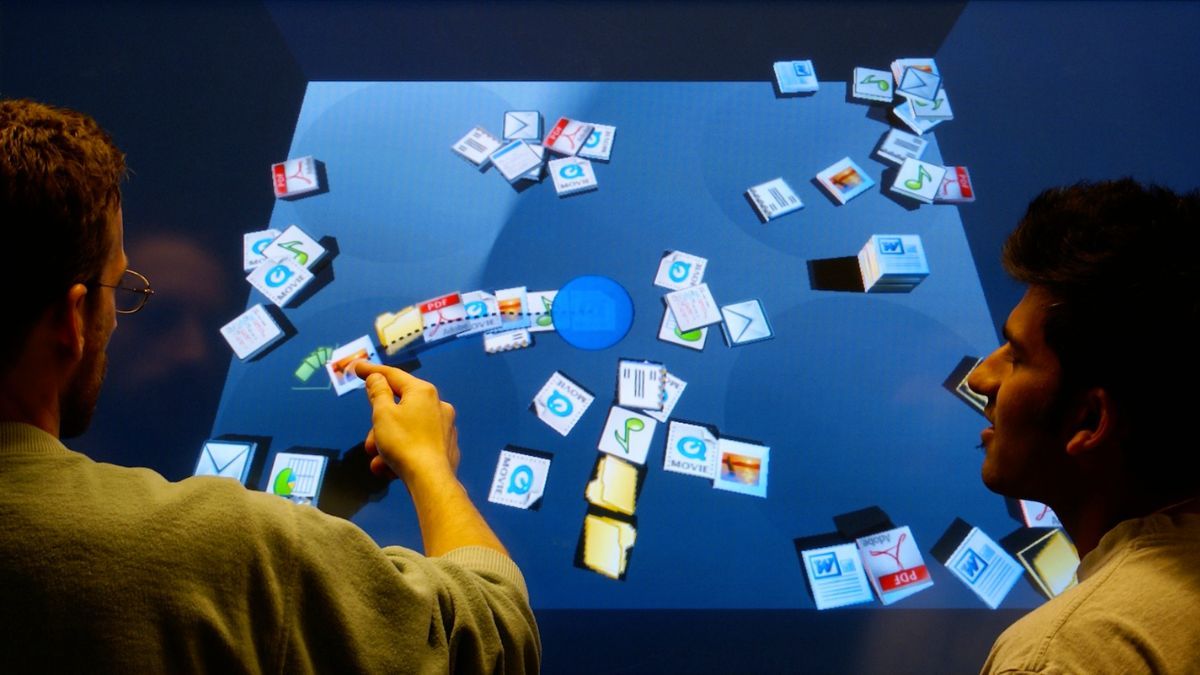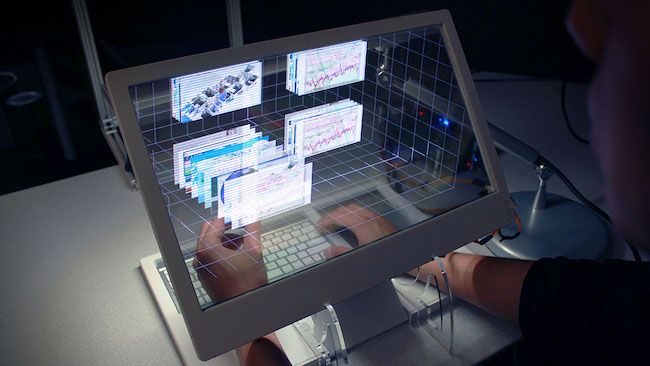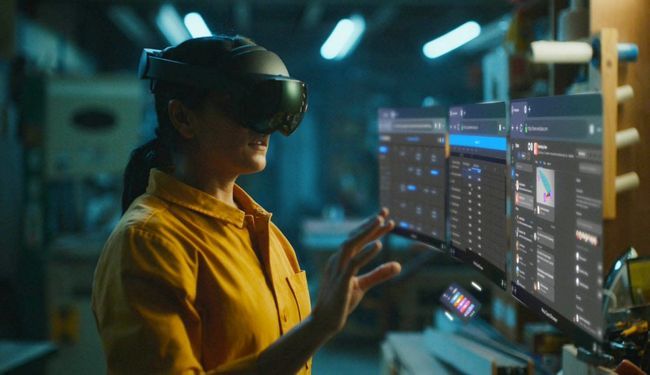Quick Links
Some of the most memorable scenes from Jurassic Park and Minority Report involve 3D computer interfaces that look amazing onscreen but haven't taken off in real life. Yet 3D desktops aren't dead, and their peak is still ahead.
What Is a 3D Desktop?
If you think about the typical computer desktop, it's a 2D image where you move 2D images around to accomplish tasks such as copying files or running software. This 2D picture is just a representation of the data, so it doesn't represent what's happening inside the computer.
This is a big step over using a text-based interface since such a GUI (Graphical User Interface) is much more intuitive for people. Grabbing a "file" and moving it to a "folder" makes sense.
However, humans don't live in a 2D world, and there's no reason a computer interface must be in 2D. That's where the idea of a 3D desktop comes into play. By making the computer's interface 3D, you can have a representation of computer data and functions that exists in the same set of dimensions our real world does.
It makes a lot of sense on paper, and there are various attempts at making a 3D computer interface. That 3D computer interface in Jurassic Park is a real thing known as the Silicon Graphics 3D File System Navigator. Then there's Bumptop, an open-source 3D interface with simulated physics. Bumptop uses 3D space and physics to provide new ways of organizing data and interacting with a computer.
There are other takes on the idea, such as Shock Desktop 3D, but Bumptop is likely the most famous example.
3D Desktops Suck With a Mouse and Keyboard
Bumptop is still around as and, as mentioned, is an open-source project that anyone can take and build upon today. Of course, modern operating systems like Windows 11 and macOS don't have 3D interfaces. So it's not an idea that's grabbed much attention in the desktop interface world.
There are probably two reasons for this. First, navigating 3D space using a mouse and keyboard isn't intuitive. PC gamers have become used to it, but general audiences probably face quite a learning curve. It would be fine if the benefits of a 3D desktop outweighed the learning curve, but they don't for most people.
The SpaceTop project offered an interesting approach to making a 2D screen work as a 3D interface, which essentially used a see-through angled screen and hand-tracking technology, to create a projected 3D-space illusion.
Touch-Screen Devices Work Fine in 2D
What about touch devices? They introduce a tactile element to computer interfaces that don't apply to using a mouse and keyboard. Modern touch devices can handle 3D graphics easily, but just as with desktop systems, 2D touch interfaces work perfectly fine.
However, touch-based interfaces incorporate some of the same ideas as Bumptop 3D. Specifically, some of the interface elements have physics tied to them. Swiping up or down on something can have elasticity. Hitting the end of a document while scrolling will cause it to "bounce," and so on. Whether any of this was inspired by experiments in 3D interfaces or is just the result of parallel thinking is an open question. Still, touch interfaces strike an outstanding balance between the two ideas.
Mixed Reality Is Keeping the 3D Dream Alive
Today, with the release of products like the Meta Quest Pro, Quest 2, and VR and AR applications, 3D interfaces aren't just nice to have; they're crucial! There are already VR productivity apps, such as Immersed VR and VR Desktop, that put the 2D desktop into a 3D space, but when it comes to native VR and AR apps, all of your interaction is in 3D. You are now "in" the computer, and suddenly, 3D representations of computer data and apps make perfect sense. Instead of a mouse, you can now reach out and grab a file as if it were a real-world object.
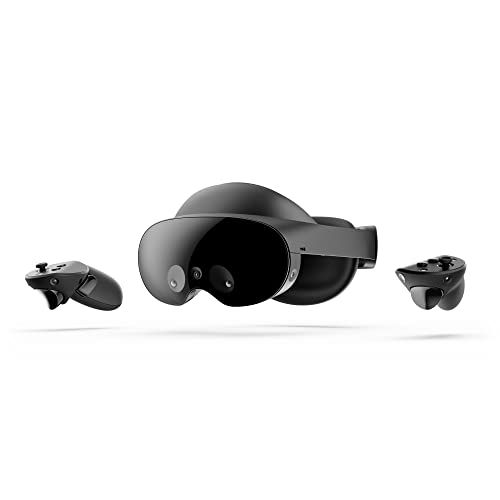
Meta Quest Pro
Meta's most advanced Mixed Reality headset is perfect for VR developers and professional users, or enthusiasts who want to dabble in Mixed Reality and the cutting edge of standalone VR technology.
If augmented reality becomes a standard way for people to work with computer systems, it will vindicate the work done in the past on apps like Bumptop. What might have seemed like a cool but impractical back in 2009 could soon be the most obvious way to work and play in the digital world.
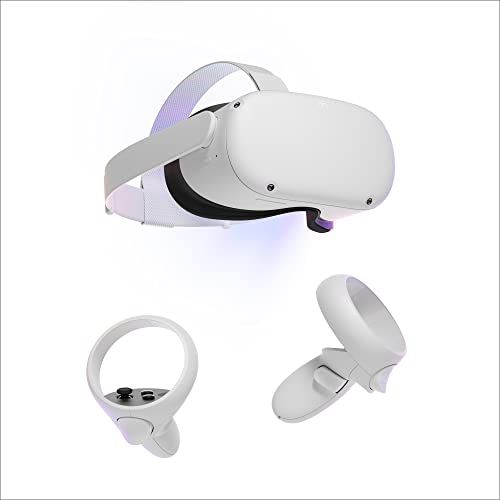
Oculus Quest 2
Take gaming to the next level with virtual reality at home or on the go for a great price.

